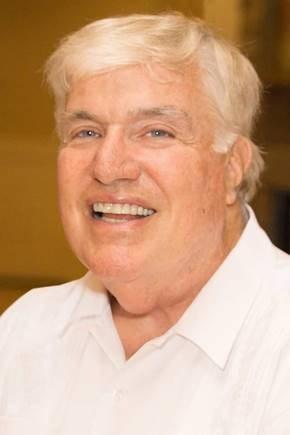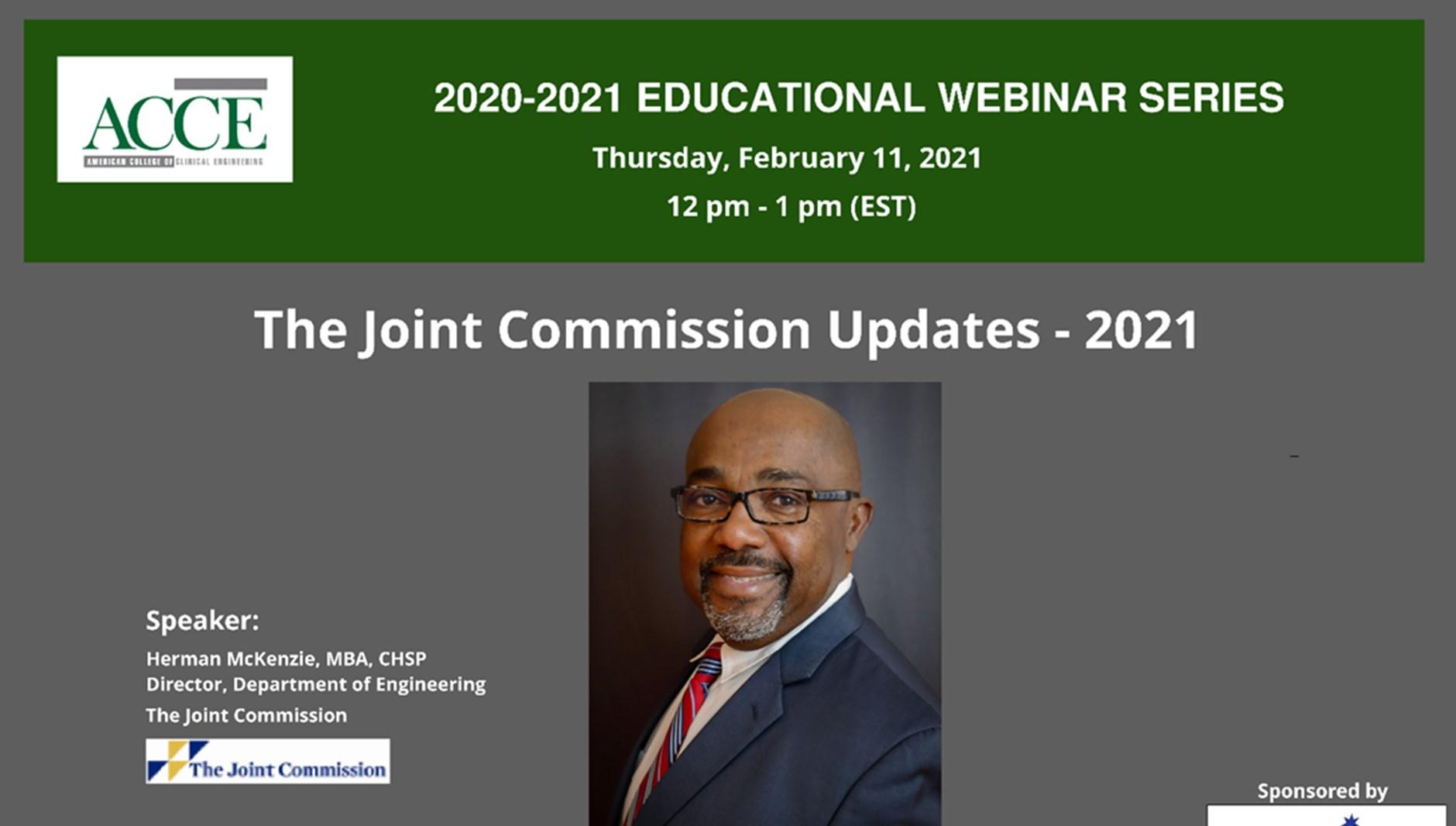ACCE News Newsletter of the American College of Clinical Engineering
January — February 2021
In Memoriam: Tom O’Dea
P re s i d e n t ’s M e s s ag e As this is the first message of the year, I want to wish all of you a Happy and Healthy New Year in 2021! Last year was hands down the most challenging year in my career, and I am sure that is the case for most of us. The insecurities highlighted by the COVID19 Pandemic, racial injustice and inequalities, and the elections were front and center throughout the year and affected all of us personally and professionally.
In this Issue:
ECRI Perspectives
3
Education Committee
4
IFMBE CED Update
5
CCE Prep Questions
6
Welcome New Members
7
AAMI Update
8
In Memoriam: Tom O’Dea
9
International Committee
10
WHO Collaborating Center Update
11
Volume 31 Issue 1
However, here we are – a year after this pandemic started. We have learned a lot, adapted, and can see a light at the end of the tunnel. Just last week I received the second shot of my COVID19 Vaccine. The politicization of the disease, and as a result of the vaccine, surely created doubts in my self-proclaimed scientific mind. However, the logical side won again and I received both shots of the vaccine. I can say the biggest side effect was the euphoria associated with it, and the fact that I cannot stop talking/writing about it! And I would encourage each and every one to trust science and take the vaccine as soon as you can! In January we celebrated MLK Jr. day, celebrating the life and legacy of Martin Luther King Jr., who became the most visible spokesperson and leader in the Civil Rights Movement from 1955 until his assassination in 1968. While in the past I have had the opportunity to volunteer on this day, this time around and due to pandemic restrictions, I wasn’t able to do so. However, both of my daughters have been learning a lot about this day in school and we set some time aside to discuss what they have learned and how we can apply the learnings from school and from MLK Jr., in our day to day activities. I was very surprised to hear the depth of knowledge and understanding from my 8-year old. And frankly, I learned a lot from her too! I believe, moving forward, this will be an MLK Jr. Day activity in our household! Switching gears to ACCE’s goals for 2021 – last week I had a chance to revisit some high level goals we had set for ACCE before the pandemic. I want to share with you where we are with some of these goals and what else we want to address and achieve in 2021. Goal 1: Promote and increase ACCE membership While we have experienced the challenges that many organizations have over the last year, we have been able to continue the growth of ACCE members. This has been all thanks to many free webinars, free articles, COVID19 Information, international collaboration agreements, and other activities which have been organized by our Education Committee, International Committee, our amazing secretariat, and our Newsletter editors.
(Continued on page 2)




